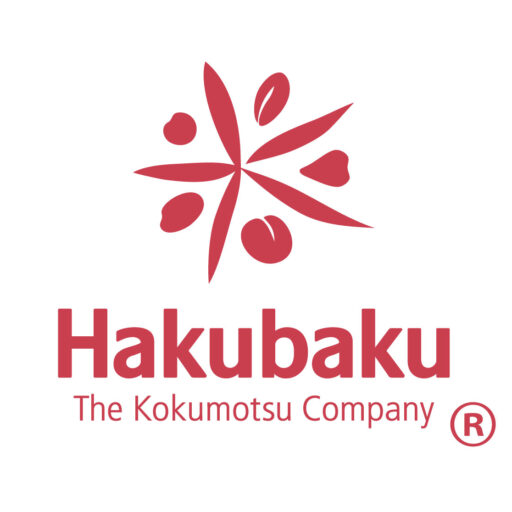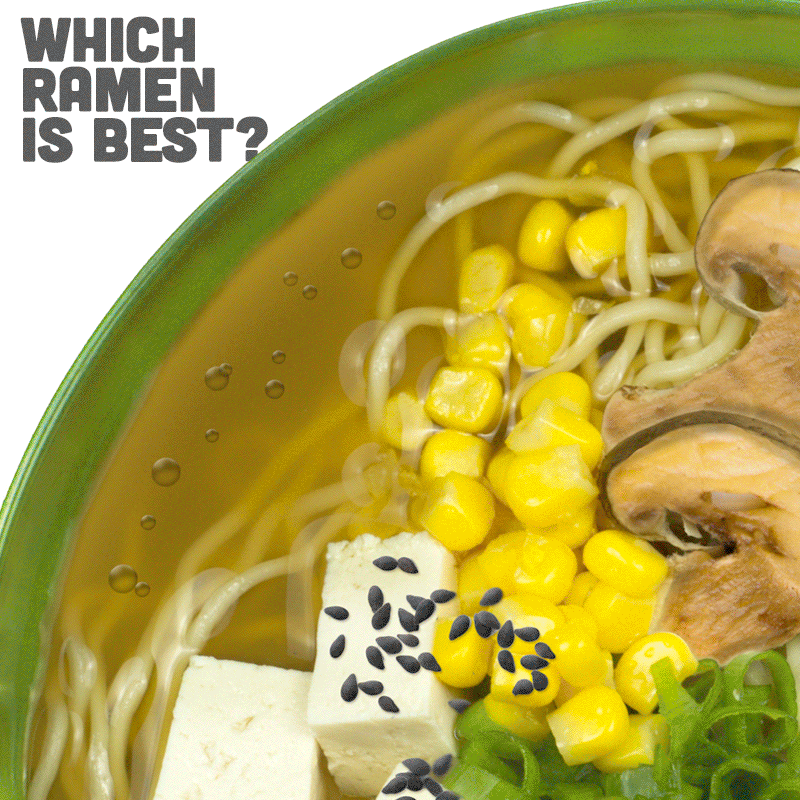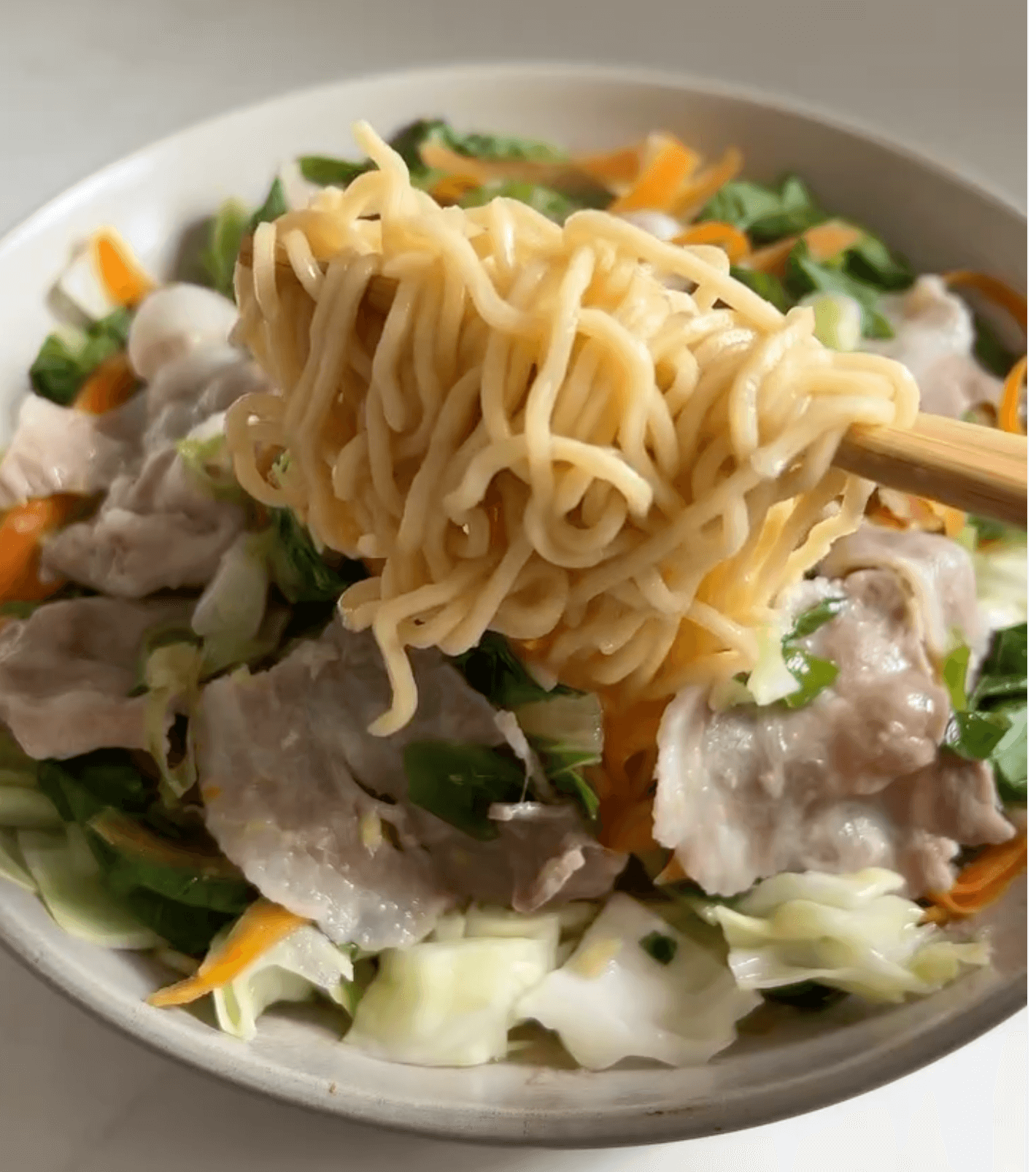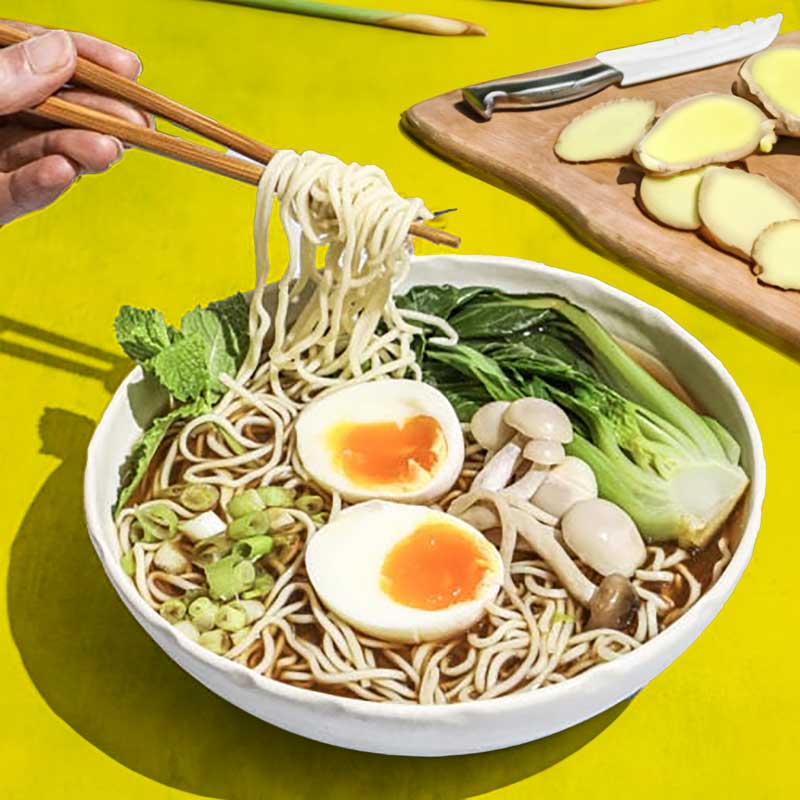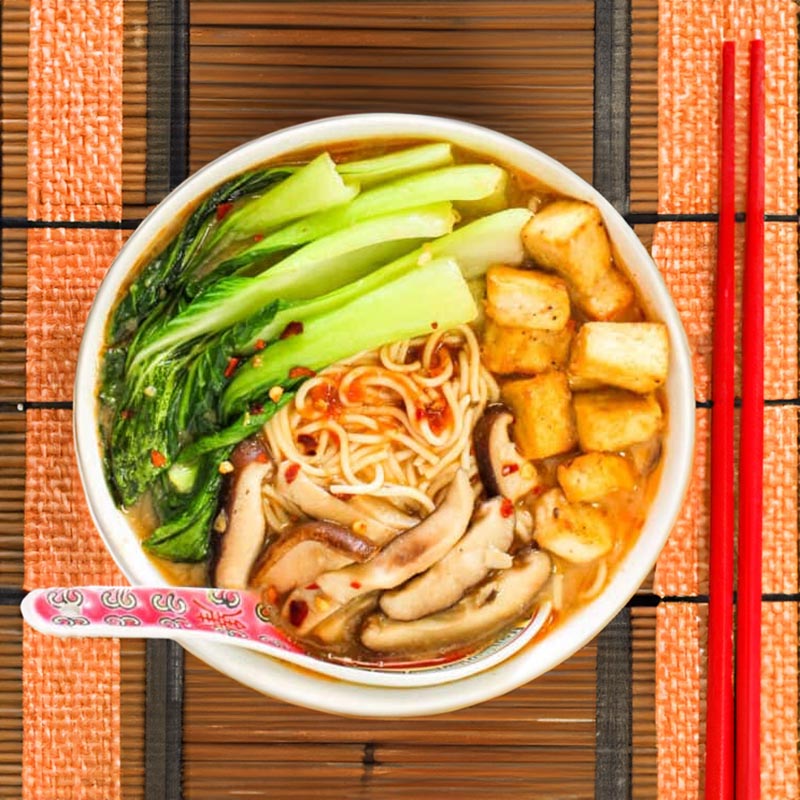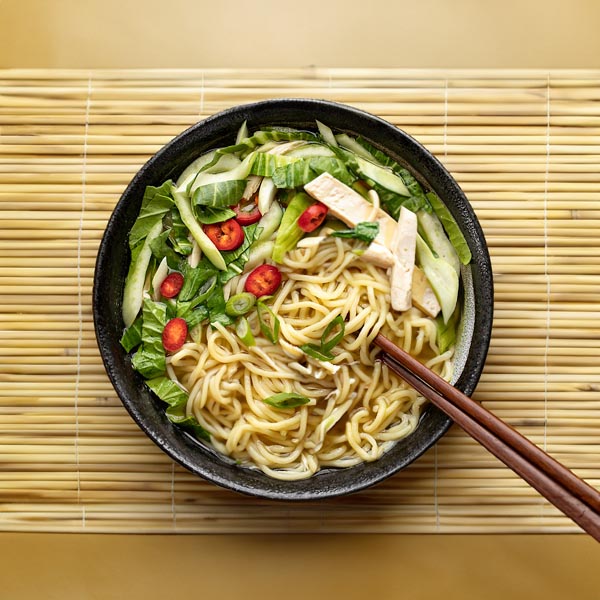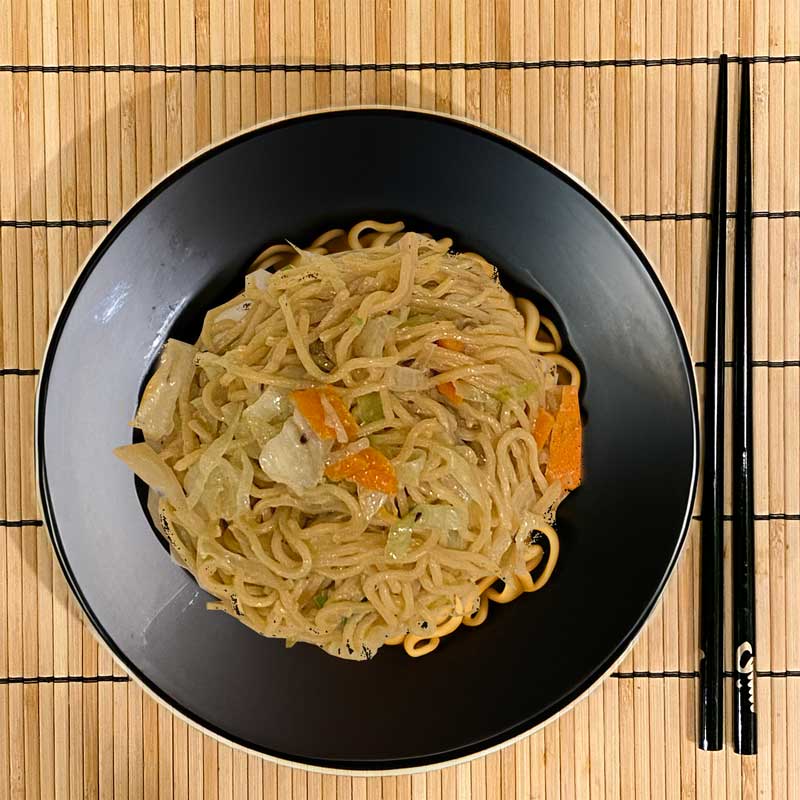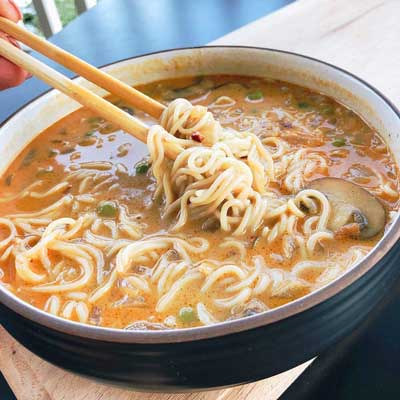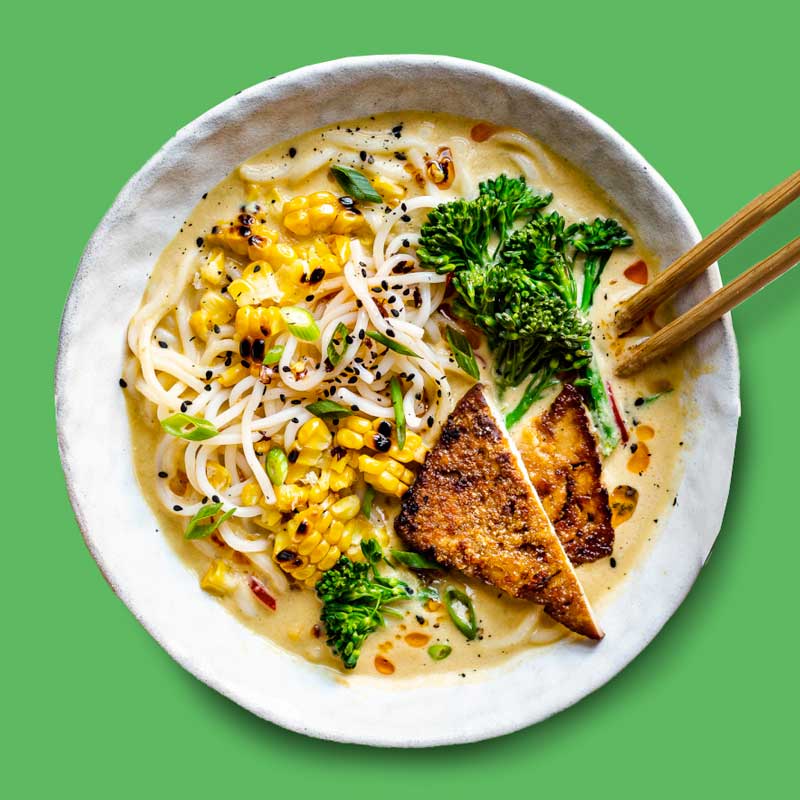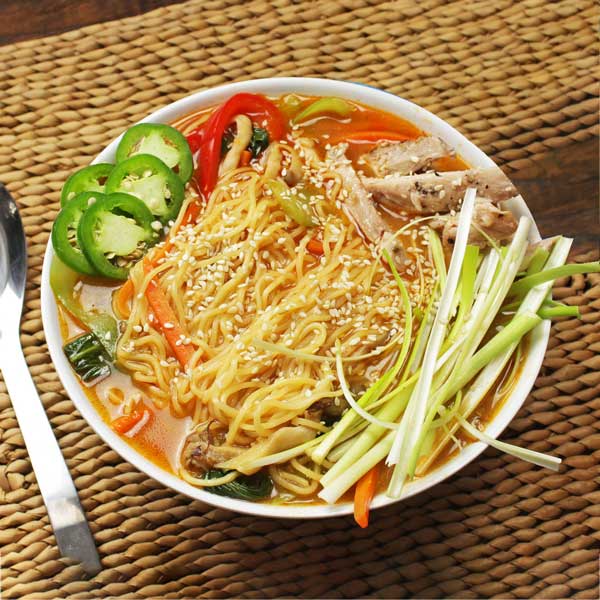
Ramen is a Japanese noodle soup that is the most exported cuisine around the world. It was originally called shina soba, literally “Chinese soba” because of its origins in China. However, historians aren’t sure when the jump to Japan happened. Therefore, we have created The Best Guide to Different Ramen Flavors to help you understand this cultural phenomenon.
There are several varieties of ramen broth that give the bowl its base and each has a regional history. And traditionally in Japan, there are a number of regional variations too. We will cover some of the most popular varieties in our The Best Guide to Different Ramen Flavors.
Shio Ramen (she-oh)
This salty broth is considered the oldest of the ramen broths. In fact, shio translates to “salt,” and sea salt is considered the oldest form of ramen seasoning. Its what was available and extended whatever scraps of food were around.
Typically, a shio broth is made with chicken or pork base. You can identify this broth both by its extremely salty flavor, as well as it’s clear yellow coloring. Often, shio ramen contains the essence of seaweed. Chicken is a common stock base in combination with seaweed (nori) for some flavor and to boost the soup stock nutritional value.
Shoyu (show-you)

Shoyu means soy sauce and this is the next oldest flavor type. Instead of salt, a sauce made by fermenting soya beans is used to make the broth salty. This sauce is not your regular table soya sauce, but typically a special sauce with additional ingredients made according to a secret recipe. The broth for Shoyu is the only type that tends not to contain pork. Shoyu soup is also usually clear but is dark-colored and sweeter than Shio soup.
Miso Ramen (me-so)
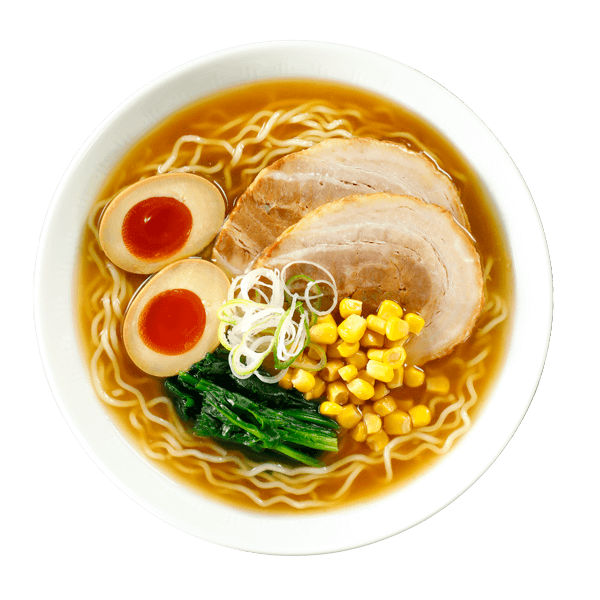
In more recent times, Miso flavor has also been used to give Ramen broth its savory taste. If Miso is used, it is immediately obvious as the soup will be cloudy or even opaque. Shio or Shoyu flavored soups merely accent the flavor of the underlying broth, while miso leaves a fuller complex taste in the mouth since it also has a strong taste of its own.
Tonkotsu (tong-cots-zoo)

Tonkotsu translates to “pork bone.” This broth is thick and cloudy white in color. The coloring and consistency come from the boiling of pork bones and fat on high heat for many hours (for some places, this means up to 20 hours). Some even say that tonkotsu broth is as creamy as milk. Throw some ginger on this buttery broth and curl up with a good book.
True Japanese Authentic Ramen noodles are the Best
The tradition of drying ramen without frying it will make your bowl of ramen that much better. Non-fried, artificial chemical-free ramen yields a noodle that holds up to the soup broth and toppings and won’t get mushy after 2 minutes. In addition, real Japanese ramen noodles give you the option to cook them to the proper texture for a REAL ramen experience. Ask anyone that loves ramen- it’s the springy noodles that make the bowl enjoyable.
Check out these recipes for your next bowl of ramen!
